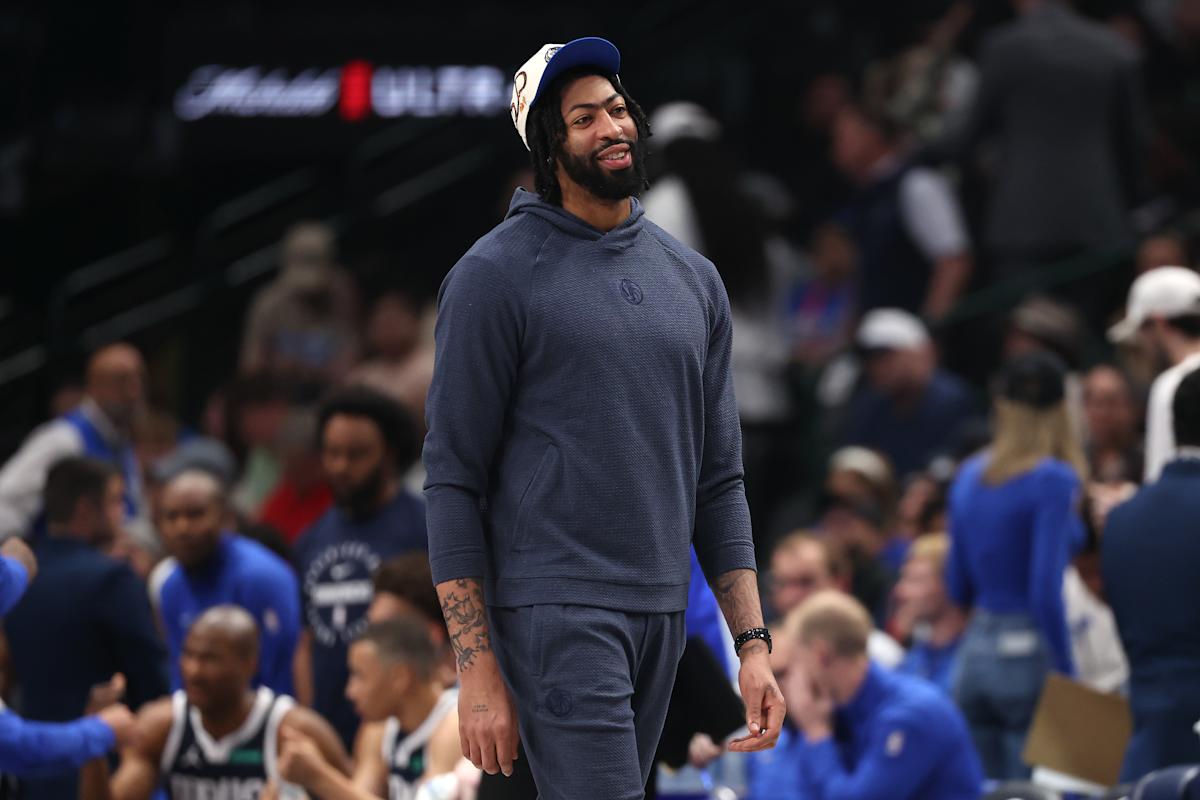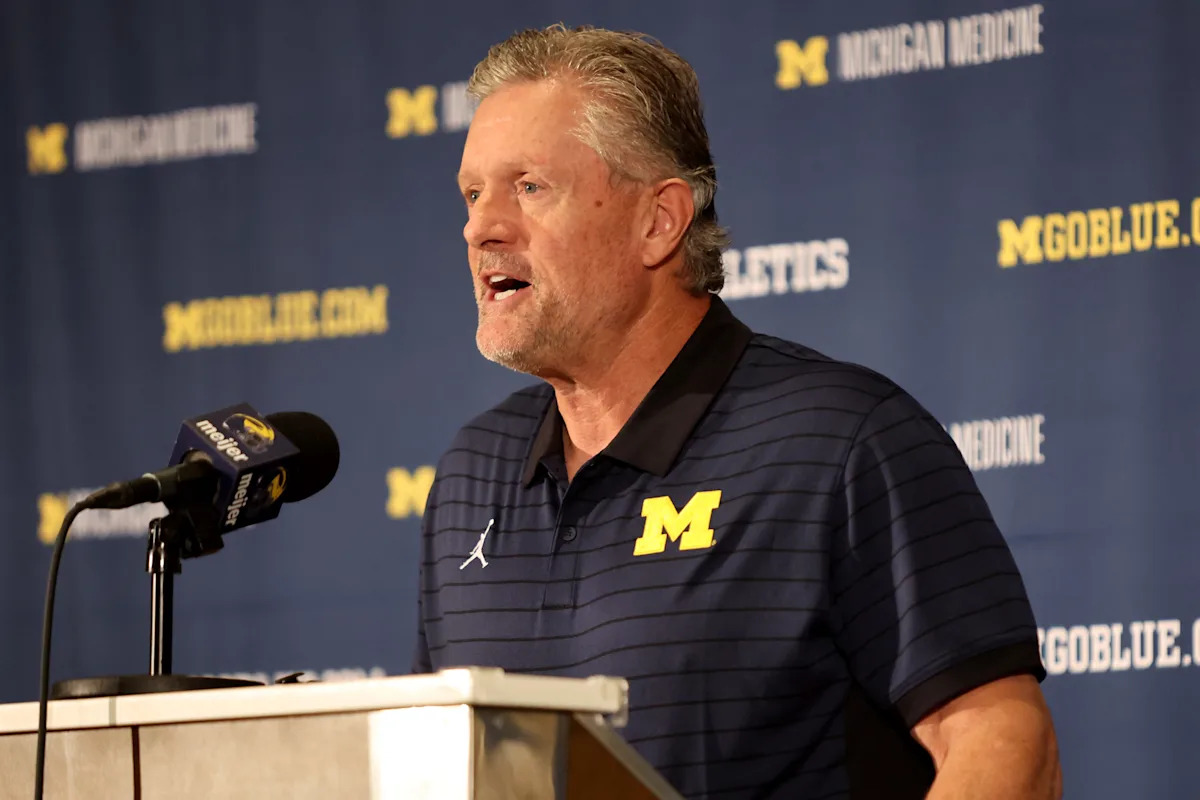Entering play on Friday, Curtis Mead has been the best offensive player in all of Spring Training. He is hitting .778/.810/1.000 with a MLB leading 382 wRC+; Mead has a 14.3 BB% and 4.8 K%, both are staggering differences from his career norms, as is his 5.1 WHIFF%, which is half of what his WHIFF% has been in the big leagues.
Of course, this is only over 21 plate appearances and Spring Training statistics are next to meaningless.
The Rays best hitter last year in spring training with at least 20 plate appearances? He hit .333/.417/.714 with a 193 wRC+; it was Nick Meyer, a Mets prospect on a minor league invitation. He was released before the end of camp.
Mead’s line looks far more flashy, but to further dig into Mead’s videogame like numbers, he only has two extra base hits and one of those was almost certainly aided by the wind as it carried the ball just past an outstretched glove for a double. So what are we really looking at here?
Added Strength
According to Baseball Savant, Mead has put 17 balls in play this spring. We only have statcast data for seven of those, but of those seven, Mead has an exit velocity of 98.9 or higher on four of them. This is already a a great sign, as Mead only had 32 balls in play all of last season with an exit velocity over 98mph.
During the past two seasons, Mead has 224 plate appearances at the big league level and has only mustered two homeruns; one of which barely eeked over the Rays short corner in left field and would have only been a homerun in Tropicana Field. He has a .312 SLG% and .068 ISO, both are among the lowest in the MLB over that time.
During the offseason, Mead made it a priority to add muscle to his frame and focus on his offensive output as that is what made him one of the game’s top prospects. Mead drifted from this focus once he reached the cusp of the big leagues as he looked to improve his overall outlook; he tried to become quicker on the basepaths and more agile defensively. However, the improvements made defensively were marginal at best and his ability to hit for power suffered. This is what led to Mead reversing course and looking regain his offensive footing.
Mead added 20 pounds of muscle and is constantly retooling his stance at the plate as his approach seems to change on a daily basis. For now, whatever Mead is doing, it seems to work and he is gaining the attention of the Rays management and the baseball world in general.
Jeff Passan mentioned Curtis Mead as a player that scouts were raving about thus far in Spring Training. Rays hitting coach Chad Mottola noticed the difference in Mead right away once camp opened up.
“I’m seeing a different Curtis Mead. I’ve never seen the Curtis Mead that we’re seeing right now, a free-moving, in-the-box type of player, where he doesn’t have to search for additional power.”
This is all great news for Mead and the Rays. The infielder has seemingly rediscovered his swing and might be able to succeed at the big league level.
What’s Next?
Does this mean that he’ll start the season on the Rays active roster?
In December, the Rays signed Eloy Jimenez as they looked to add a power right-handed bat to their lineup. He impressed the Rays brass during a visit to the Dominican Republic earlier this year and impressed them again as he arrived in camp.
Jimenez has “struggled” early on this spring from a statline perspective, but has shown signs of his potential with some loud contact and a long homerun. If the Rays like what they see in his HitFX, it feels like an almost certainty that he will be on the Rays Opening Day roster, should he remain healthy, which is a huge question mark when it comes to Jimenez.
Meanwhile, Curtis Mead still has a minor league option remaining, so the Rays have no risk in sending Mead to Triple-A Durham to see if his offensive retooling remains successful.
Given the two contracts, Mead’s performance is no lock for him making the Majors out of camp.























.webp?ssl=1)